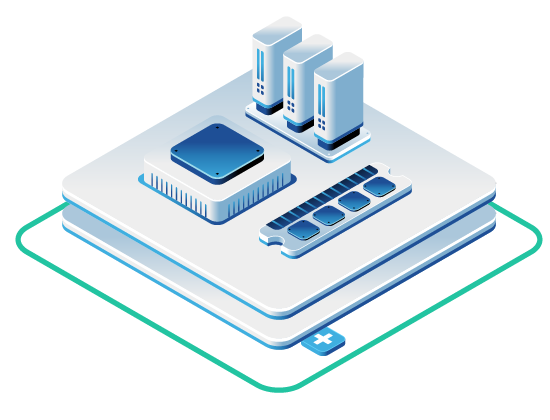Cold start latency becomes a visible and impactful factor in private environments and can slow down AI inference, especially when infrastructure is deployed on-demand to optimize resource usage or reduce costs. Learn causes, impacts, and how to reduce delay for faster, reliable performance.
Author: Rafael Ramos
Intel Advanced Matrix Extensions (AMX) is an instruction set designed to improve AI inference performance on CPUs. It enhances the execution of matrix multiplication operations—a core component of many deep learning workloads—directly on Intel Xeon processors. AMX is part of Intel’s broader move to make CPUs more viable for AI inference by introducing architectural accelerations that can significantly improve throughput without relying on GPUs.
Modern GPU technologies offer multiple methods for sharing hardware resources across workloads. Two widely used approaches are Multi-Instance GPU (MIG) and time-slicing. Both methods aim to improve utilization and reduce costs, but they differ significantly in implementation, performance, and isolation.
When comparing GPU costs between providers, the price of the GPU alone does not reflect the total cost or value of the service. The architecture of the deployment, access levels, support for GPU features, and billing models significantly affect long-term expenses and usability.
As demand for AI and machine learning infrastructure accelerates, hardware decisions increasingly affect both model performance and operational costs. The NVIDIA A100 and H100 are two of the most widely adopted GPUs for large-scale AI workloads. While both support advanced features like Multi-Instance GPU (MIG), they differ significantly in performance, architecture, and use case suitability.
The demand for GPU compute resources has expanded alongside the growth of AI and machine learning workloads. Users today have multiple pathways to access these resources depending on their requirements for cost, control, and performance. This article breaks down three common tiers of AI compute services, their advantages, and trade-offs.
Accurately measuring AI model performance requires a focus on tokens per second, specifically output generation rates. Understanding tokenization, model size, quantization, and inference tool selection is essential for comparing hardware and software environments.
Advanced Networking Features We’ve expanded networking capabilities in OpenMetal Central to give you more control over how your cloud and bare metal resources are connected. With this release, you can


































